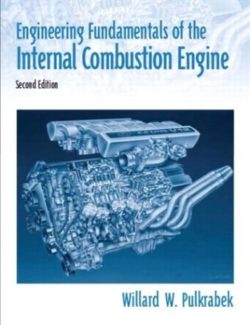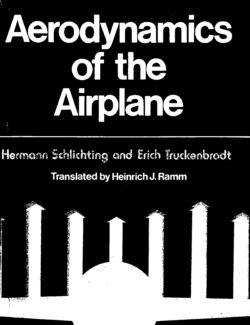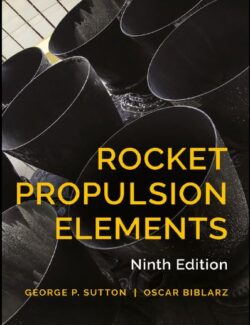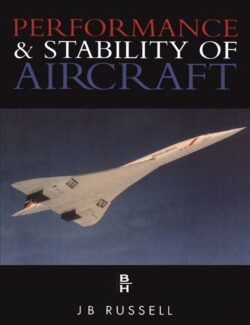Descripción
En este libro de más de 160 páginas se describe el funcionamiento básico del motor de reacción, los parámetros de control y monitorización así como las técnicas empleadas para comprobar su estado y las técnicas de mantenimiento y overhaul empleadas.
Un motor es un dispositivo cuya función es proporcionar un trabajo útil. Los principales tipos de motores existentes en el mercado son:
– Motores de vapor (eficiencia térmica cercana al 45% )
– Motores de pistón o alternativos (eficiencia térmica cercana al 55% )
– Turbinas de gas (eficiencia térmica cercana al 40% , el 60%)
Ver más













Déjanos un comentario
No hay comentarios